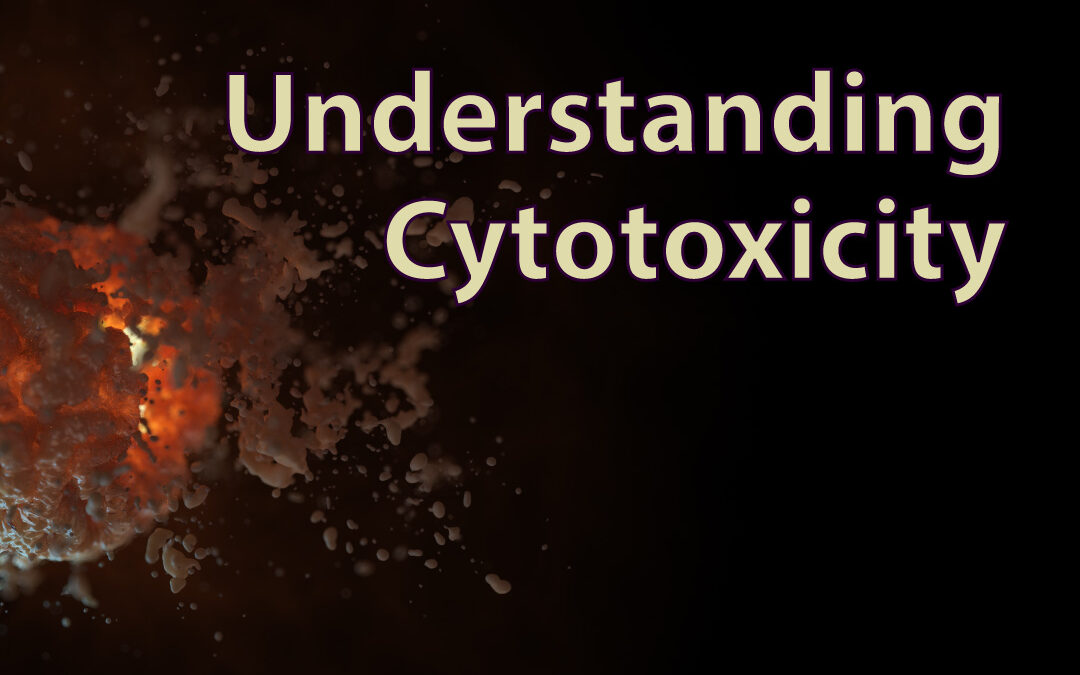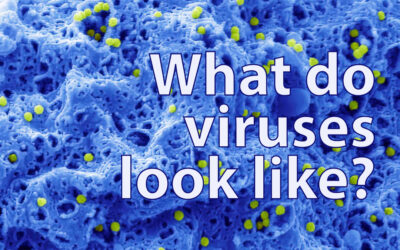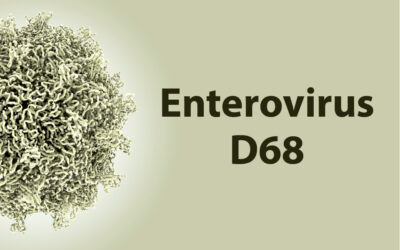What is a cytotoxicity assay?
In the quest for healing, every drug has a shadow: the risk of collateral damage to healthy cells – cytotoxicity. Cytotoxicity assays play a crucial role in drug development, helping to find the right balance between effectiveness and safety. Let’s take a closer look at how these essential tests contribute to the creation of safer medicines.
Understanding Cytotoxicity: The Basics
The term “cytotoxicity” describes how certain substances can damage or kill cells through various mechanisms, including altering the cell membrane, damaging DNA, denaturing proteins, or disrupting cellular metabolism.
Cytotoxicity assays are scientific tests that evaluate the impact of substances like chemicals, pharmaceuticals, nanoparticles, and biological agents on living cells. These assays are pivotal in pharmacology, toxicology, drug development, and environmental science, as they help assess the potential risks or therapeutic advantages of various compounds.
Eight Reasons for Cytotoxicity Assays
Conducting cytotoxicity assays is crucial when testing drugs or compounds interacting with cells or tissues. These assays offer vital insights into the effects on living cells, assessing potential risks and benefits. This is why cytotoxicity assays are included as a part of almost every project done here at Virology Research Services.
Here we list eight important reasons for cytotoxicity assays:
1. Safety assessment: Cytotoxicity assays are key for checking a compound’s safety, revealing any harmful effects on cells early on. This step weeds out risky substances, making sure only safer candidates are developed further.
2. Dose optimization: It aids in determining the optimal compound concentration for effective antiviral activity while minimizing harm to host cells.
3. Safety profiling: The assay contributes to creating a safety profile for the antiviral compound, a critical consideration for clinical development.
4. Determining selectivity index: Calculating the selectivity index is vital for assessing a compound’s safety and suitability for antiviral applications. Determining the Selectivity Index is like finding the sweet spot where a compound effectively fights the virus without harming healthy cells.
5. Interpreting antiviral activity: Cytotoxicity data is key in understanding if a drug’s effectiveness against a virus is actually due to its ability to target the virus itself, or if it appears effective because it’s harming the host’s cells. Remember, lab tests measuring a virus’s activity rely on host cells; if a drug damages these cells, the virus can’t multiply, potentially masking the true antiviral activity of the compound being tested.
6. Understanding mechanisms of action: Cytotoxicity assays offer insights into how the compound affects host cells, aiding in mechanism analyses.
7. Quality control: They ensure the reliability and consistency of antiviral assay results and detect any issues with cell lines or assay conditions.
8. Regulatory requirements: Regulatory agencies often mandate both safety and efficacy data for drug approval, making concurrent cytotoxicity assays indispensable in drug development and regulatory submissions.
Types of cytotoxicity assays
There are various types of assays available to assess cytotoxicity. Some commonly used methods include:
MTT (3-(4,5-Dimethylthiazol-2-yl)-2,5-diphenyltetrazolium bromide) assay: This colourimetric assay measures mitochondrial dehydrogenase activity in viable cells by detecting the reduction of MTT to a purple formazan product.
LDH (lactate dehydrogenase) release assay: LDH, released into the cell culture medium when the cell membrane is damaged, is quantified to evaluate cell membrane integrity.
Trypan blue exclusion assay: This straightforward method uses a dye to distinguish between live and dead or damaged cells and is often used for cell viability assessment during cell counting.
The MTT Assay: A Closer Look
Here at Virology Research Services, the MTT assay is frequently the assay of choice. The principle behind it lies in the fact that active mitochondria in viable cells reduce yellow MTT to purple formazan, while non-viable or damaged cells do not. When conducting an antiviral assay, running a concurrent cytotoxicity assay involves the following steps:
1. Cell Culture: Cells designated for antiviral testing are duplicated for cytotoxicity testing without virus introduction.
2. Test Treatment: The compounds for antiviral testing are applied to the cytotoxicity plates at the same concentration and duration as the antiviral plates.
3. MTT Addition: MTT is prepared and added to each well, followed by a 2-hour incubation.
4. MTT Incubation: Metabolically active (i.e., those cells not totally killed by cytotoxicity) cells convert MTT to purple formazan during this incubation (see below).
5. MTT removal: The MTT-containing medium is carefully removed while leaving cells undisturbed.
6. Formazan solubilization: A 1:1 mixture of isopropanol and dimethylsulfoxide (DMSO) is added to each well, solubilizing the crystals within the cell and causing a colour change.
7. Plate reading: The absorbance of solubilized formazan solution is measured at a specific wavelength using a spectrophotometer or microplate reader.
8. Data analysis: Absorbance values are compared with control wells, and results are typically expressed as a percentage of cell viability. A 100% kill well serves as an additional control.
Cytotoxicity Assay Drawbacks
While cytotoxicity assays provide valuable insights, they have limitations, including:
1. Lack of physiological context: These experiments are conducted under controlled conditions that may not fully replicate complex in vivo conditions. There can be significant in vitro vs in vivo mismatches. It is not too uncommon that compounds that are not cytotoxic in cell culture are harmful to an organism, perhaps due to specific organ damage or sensitisation. But the opposite can also happen, and compounds that are safe in vivo can show cytotoxicity in cell culture, where a cell monolayer may not have the coping mechanism as an organism.
2. Limited insight into long-term cytotoxicity: Short experiment durations may overlook chronic cytotoxicity effects.
3. Lack of mechanism understanding: Assays like MTT offer a binary outcome without revealing the nature of toxicity.
To sum up, cytotoxicity assays are incredibly important in the development of antiviral drugs. They help us understand how potential treatments might impact our cells, crucial for ensuring the safety and effectiveness of new drugs. While they’re not without their flaws – sometimes missing the full complexity of how a drug works or leading to misleading results – when used thoughtfully alongside other tests, and considering their limitations, cytotoxicity assays are invaluable. They enable us to balance effectively targeting viruses without harming our own cells.
What can VRS do?
Need cytotoxicity testing or other virus testing services? Contact us today, and one of our virologists will get back to you promptly.




